It has been a tough year for most brick and mortar retailers: Covid-19 pandemic and subsequent shutdowns of stores were hard to digest for the retail sector. However, despite the doom and gloom outlooks, Costco (NASDAQ: COST) not just managed maintain positivity but also increase its revenues in 36 weeks ending in May from $102,903 million to $110,943 million.
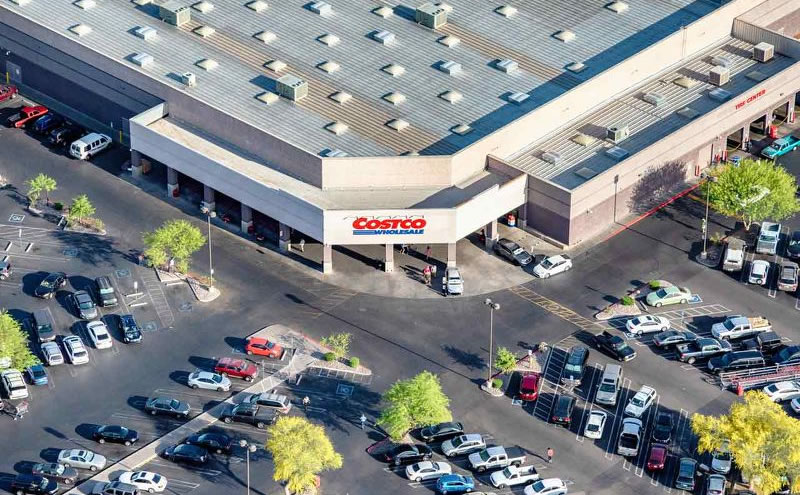
Its stock reached all time high on 2 September when it hit $358.66 per share. This, however, was only short lasting event even and the price dropped to $348.30 on the following day. The recent drop in S&P index was largely result of the overall market sentiment instead of just that towards Costco (NASDAQ: COST).
While there are many aspects related to the company’s performance that can be addressed, the main ones are: Covid-19 pandemic, P/E Ratio, and its ability to attract new members. Most recent unemployment data from the U.S. paints positive picture: the rate dropped to 8.4%, as companies added 1.4 million jobs in August. Despite ongoing pandemic, the economic prognosis is much more positive compared to those just a few months ago. Even though the overall economic situation may seem to be improving, there are still tens of millions of Americans that have been hit hard by the pandemic either directly or indirectly and their incomes have been reduced. Continuous economic pressure can quickly change the shopping habits of those mostly affected: they are more likely than ever to seek best value, whereas before they hadn’t considered the wholesale retailer as a shopping destination.
The only reliable source of growth sits entirely on the company’s ability to attract new members. With memberships bringing approximately 70% of its operational revenues, the company has no choice but to try keep increasing its members base. Costco has almost no manoeuvring space when it comes to the prices of the products stacked on its shelves: operations are already trimmed down as much as possible and it continues to stick to the maximum margin of 14%, whereas Kirkland Signature would be capped with 15% margin.
There are also valid concerns about its price to earning ratio, which currently stands at 41.66 and is lower than 83.25% of companies in the retail sector. P/E ration is much higher compared to its 10-year median of 28.59. With markets showing first signs of cooldown, more and more investors will start questioning Costco’s share price, which has increase by more than $200 over the last 5 years.
With no spending on advertising and operational costs cut down to bare minimum, the company’s only real hope is that the current economic situation will continue to have substantial number of customer switching from other, more expensive competitors. It may continue to deliver positive new over the next 2-3 quarters, however long-term outlook is more likely to adjust its current stock price.



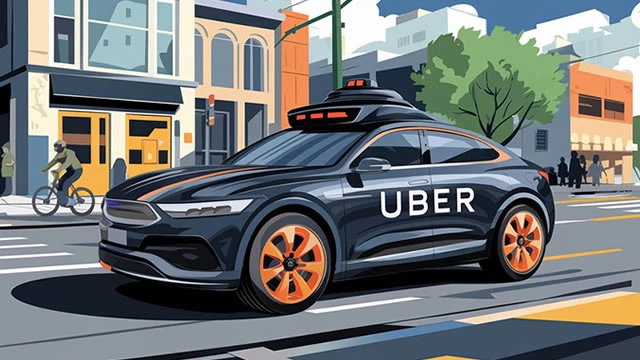

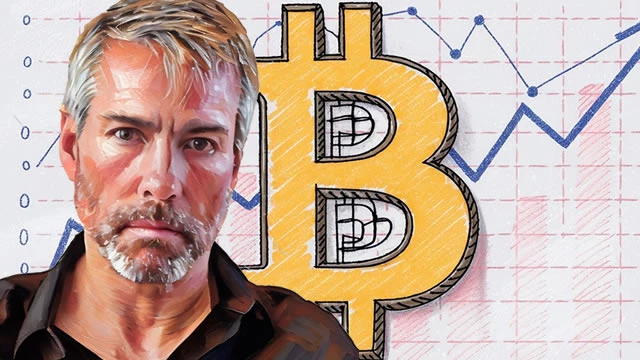








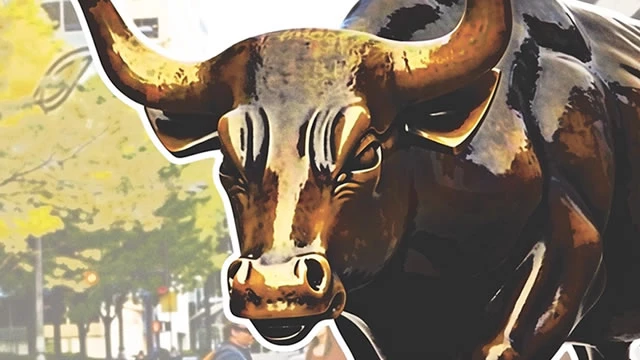
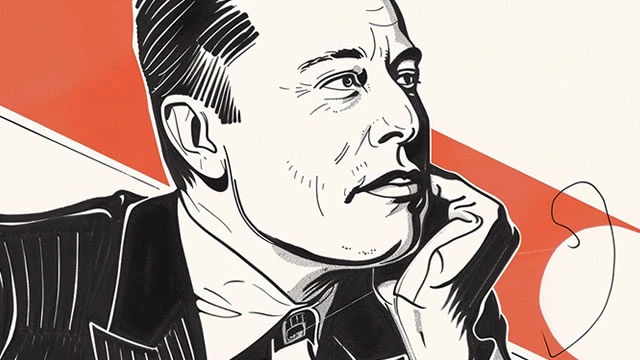
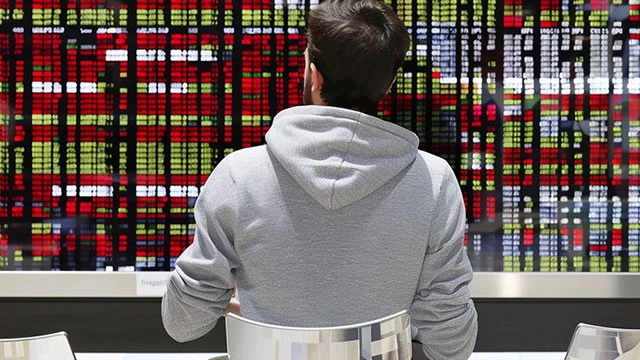
Rate this article